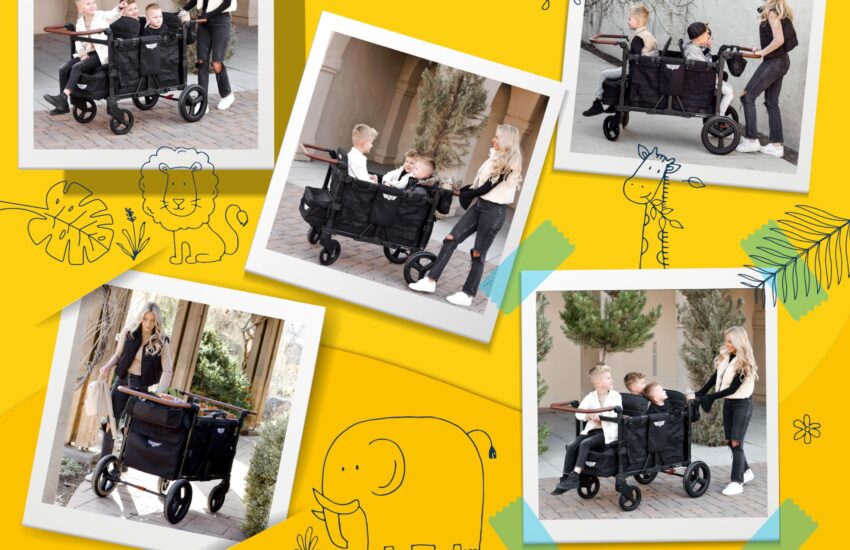Best Hamster Types for Family Adventures
Hamsters are more than just cute, fluffy pets; they can become cherished family members, offering joy, companionship, and even a bit of adventure. With several hamster breeds to choose from, finding the right one for family fun is essential. In this article, we explore the best hamster types that can bring excitement to your family adventures, while also considering their specific needs and personalities.
Hamsters come in various breeds, each with distinct characteristics, ranging from size to temperament. Understanding these differences can help families make informed decisions when choosing a hamster as a pet. You will learn about the various types of hamsters and what makes them suitable for families, as well as tips on caring for them and ensuring they’re happy and healthy.
The following sections will delve into the specific types of hamsters that are well-suited for family adventures:
Syrian Hamster
The Syrian hamster, also known as the golden hamster, is widely recognized as one of the best pet hamsters for families due to their friendly and social nature. They typically weigh between 5 to 7 ounces and can live up to 2 to 3 years when cared for properly.
Temperament
Syrian hamsters are known for their gentle personality and can be very affectionate, making them great companions for children. They often enjoy being held and are relatively easy to handle, giving them an advantage over more skittish breeds. This makes family playtime enjoyable as they are likely to bond with each member of the family.
Habitat Needs
This breed requires a spacious cage with enough room for climbing and exploration. A 20-gallon tank or larger is often recommended. It’s essential to provide plenty of bedding, tubes, and toys to keep them entertained. You can find great examples of hamster habitats at this informative article.
Caring for Syrian Hamsters
Syrian hamsters are relatively low-maintenance pets; however, they require regular handling to ensure they remain socialized. Additionally, their cages should be cleaned weekly to maintain hygiene. Fresh water and proper food tailored to their dietary needs are also crucial for their health.

Dwarf Hamsters
Dwarf hamsters refer to several species, including the Campbell’s dwarf hamster, Winter White dwarf hamster, and the Roborovski dwarf hamster. These small, social creatures typically weigh between 1 to 2 ounces and have a fun, energetic disposition.
Personality Traits
Dwarf hamsters tend to be very active and inquisitive. They can be a little more challenging to handle than Syrian hamsters due to their small size and high energy. However, when socialized from a young age, they can be affectionate and enjoyable companions.
Habitat Requirements
These hamsters require less space than their Syrian counterparts, but a features like tunnels, wheels, and chew toys are important to provide mental stimulation and exercise. A good size for a dwarf hamster cage is approximately 12 inches by 24 inches.
Caring for Dwarf Hamsters
Similar to Syrian hamsters, dwarf hamsters also need regular cleaning and fresh food and water. Social interaction is key for their happiness, so families should engage frequently with them during playtime.
Roborovski Hamster
The Roborovski hamster is another popular choice among families due to its adorable appearance and energetic behavior. Weighing around 2 ounces, these little guys are known for their speed and agility.
Unique Characteristics
Roborovski hamsters are the smallest of all pet hamster breeds. They are also known for their curious nature and love for burrowing, which can result in fun, playful interactions. However, they can be a bit nippy if threatened, so proper handling is essential.
Living Space
For Roborovski hamsters, a relatively large habitat is important despite their small size. They thrive in multi-level cages that provide opportunities for climbing and burrowing. Enrichment items like tunnels and wheels will keep them active and content.
Health and Maintenance
Roborovski hamsters are generally hardy and require the same basic care as other hamsters. Providing a balanced diet and regular playtime ensures they stay healthy and energetic.
Chinese Hamster
The Chinese hamster is a slightly lesser-known breed, distinct from other types due to its longer body and tail. They weigh around 2 to 4 ounces and have a more delicate appearance.
Behavioral Traits
Chinese hamsters can be more sensitive compared to other breeds. While they can be very social and affectionate, it’s crucial to handle them gently. They are also more nocturnal, which may influence when families can interact with them.
Caging Requirements
For Chinese hamsters, a standard hamster cage will suffice, although they commend a good amount of vertical space for climbing. Regular cleaning and environmental enrichment are key factors for their wellbeing.
Proper Care
While still requiring the basic care associated with hamsters, Chinese hamsters may need extra patience during playtime to develop trust with their owners. With time, they can become delightful companions.
Conclusion
Choosing the right hamster for your family can lead to endless adventures and valuable companionship. Each breed offers its unique qualities and needs, so understanding these differences is essential for fostering a loving and interactive relationship. Whether you opt for the friendly Syrian hamster, energetic dwarf hamsters, agile Roborovski, or delicate Chinese hamster, your family is sure to enjoy delightful moments and create lasting memories.
Ultimately, the joy of owning a hamster is not just about the pet itself, but also about fostering a loving environment where every family member can participate in its care and enjoy the many adventures that come with hamster ownership. Explore more about hamster care and family pet tips in this guide.
